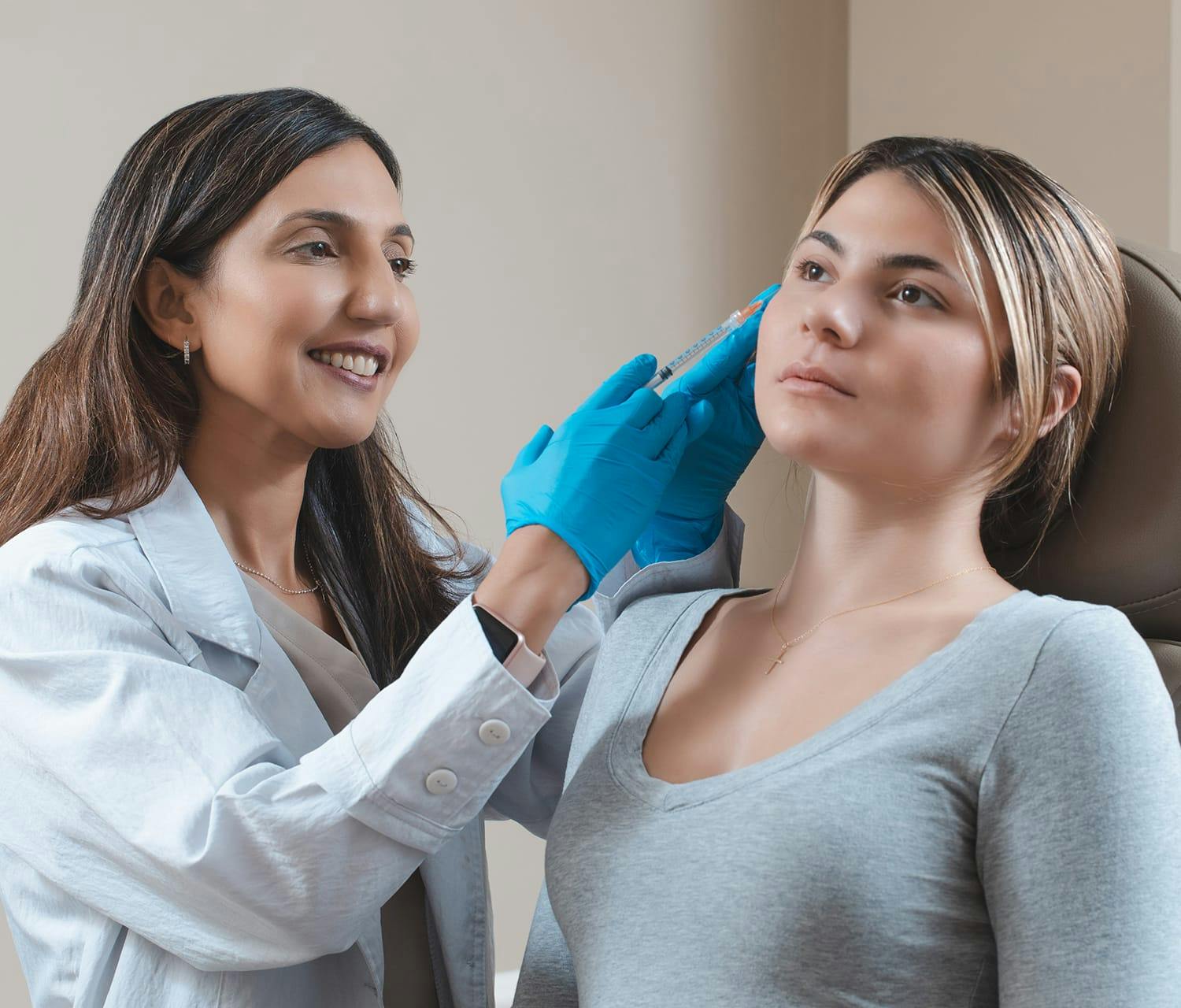An actinic keratosis (AK) is a pre-cancerous skin lesion that can develop on the skin, primarily in areas that are consistently exposed to the sun.
Understanding This Condition
If left untreated, a small percentage of actinic keratoses will progress to squamous cell carcinoma. Patients that develop actinic keratoses will often develop multiple over a lifetime. For these reasons, we recommend seeking dermatological attention as soon as you suspect that you may be dealing with this issue. This gives us the ability to manage and treat your actinic keratoses before they progress to the more aggressive squamous cell carcinoma.
Although they can occur on any sun-damaged area of the skin, Actinic Keratoses are most commonly seen on the:
- Scalp
- Face
- Ears
- Back of the neck
- Arms
- Hands
- Lower legs





